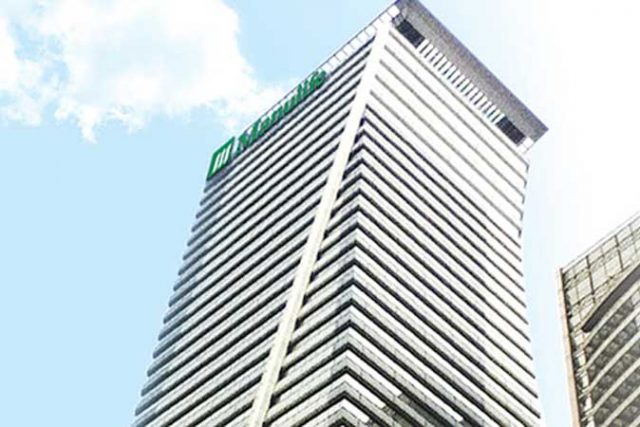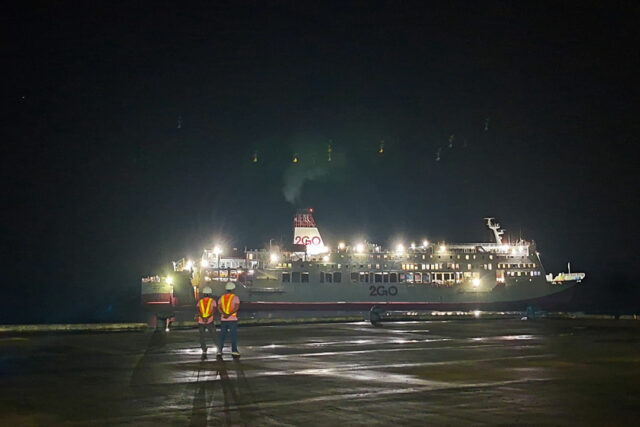Across Southeast Asia, governments are pushing forward with difficult reforms, institutional upgrades, and long-term strategic investments. They are building their foundations for sustained resilience in an unpredictable global environment. Yet the Philippines finds itself in a troubling position: while its neighbors move with coherence and purpose, the country remains entangled in political upheaval, institutional fragility, and stalled development momentum. It is, once again, groping in the dark.
The contrast has grown more striking, and more worrying.
MALAYSIA: STABILITY, DISCIPLINE, AND STRATEGIC VISION
Malaysia under Prime Minister Anwar Ibrahim is pushing forcefully for structural and fiscal reforms designed to enhance productivity, strengthen competitiveness, and attract high-quality investments. Fiscal discipline is intact, and public trust, an intangible but crucial asset, is relatively strong.
Despite global headwinds, Malaysia expects last-quarter growth to surpass its already robust third-quarter performance of 5.2%, with nine-month real GDP at 4.7%. Its 4% to 4.8% full-year target appears well within reach.
Malaysia’s business community is focused on forward-looking initiatives: deepening regional integration through high-standard trade agreements, strategic linking of services and manufacturing, and launching Southeast Asia’s first electric vehicles (EV) battery passport standard, a major step toward building a competitive EV ecosystem. The message is clear: Malaysia is preparing its economy for the next technological frontier.
Malaysia is not waiting for global conditions to improve. It is preparing ahead of time.
INDONESIA: AMBITION ANCHORED IN REFORM
Indonesia, which regained its upper middle-income status in 2022 after a pandemic setback, now aims to reach high-income status by 2045. This is an ambitious target, but it is matched by equally ambitious reforms. The International Monetary Fund (IMF) highlights the agenda ahead: greater external openness, stronger governance, more competitive business regulation, and deeper human capital development.
What distinguishes Indonesia is not just the aspiration, but the recognition that economic transformation requires broad coordinated reforms, not incremental fixes. If implemented as a package, these reforms could drive faster, more inclusive growth and lift millions into higher living standards.
Indonesia’s ambition is high, but its economic posture is clear: move forward aggressively or risk stagnation. In this contest, it has chosen movement.
THAILAND: BURDENED YET NOT FALTERING
Thailand faces serious constraints. Domestic demand is weak, credit conditions are tight, and political instability continues to drag on confidence. Border tensions with Cambodia and legal challenges against elected political leaders compound the risk environment.
Yet Thailand is not standing still. It retains a sense of strategic direction. Policymakers are deliberately steering investments toward high-value sectors such as EVs, electronics, and data centers, industries expected to power the next phase of regional growth. At the same time, they are grappling urgently with high indebtedness, which could push public debt toward 70% of GDP even as fiscal space narrows.
For Thailand, the long-term challenge remains what it has always been: raising potential growth by attracting foreign direct investment and upgrading labor skills to keep pace with technological change. The hurdles are real, but the intent to confront them is equally real.
Thailand may be slowed, but it is not rudderless.
VIETNAM: A CLASS OF ITS OWN
Vietnam continues to outperform not because of luck but because of sustained strategic choices. Its third-quarter growth of 7.8%, up from 6.9%, is driven by a potent combination of strong exports, tourism, domestic demand, and robust inflows of foreign direct investment and public spending.
One economist aptly noted: while the Philippines was building call centers, Vietnam was building factories.
Despite structural challenges — policy inconsistencies, protectionist residues, an aging population, and labor mismatches — Vietnam retains enviable policy space. It is modernizing its financial sector, investing heavily in infrastructure, supporting small enterprises, and fortifying its long-term social security systems. Vietnam is an ASEAN powerhouse not by accident but by design.
Vietnam is acting like a country determined to secure its future, not one hoping it will arrive on its own.
THE PHILIPPINES: LOSING GROUND, LOSING TIME
Against this regional backdrop, the Philippines’ position is sobering. In terms of nominal per-capita GDP for 2024, Malaysia topped its neighbors with $12,418; Thailand with $7,931; Indonesia with $4,960; and Vietnam, $4,700.
And the Philippines? $4,089!
The Philippines has remained in the lower middle-income group since 1987, long before Vietnam joined that category, and continues to lag behind countries that once trailed it. Vietnam, once far behind, has surged past. Indonesia continues to widen the gap. Thailand is stabilizing despite internal problems. Malaysia is pulling further ahead.
The Philippines is not simply lagging; it is being left behind.
The reasons are structural and deeply institutional. Corruption and bad governance exist everywhere, but in the Philippines their scale, depth, and impunity are far more damaging. Estimates suggest that up to three-fifths of infrastructure budgets are siphoned off through collusion among politicians, contractors, and complicit bureaucrats. This aligns with the country’s poor 33/100 score in Transparency International’s 2024 Corruption Perception Index, ranking 114th of 180 countries.
When corruption becomes systemic, it drains resources and demoralizes a nation. And when political leadership is perceived as inattentive or compromised, even routine governance becomes fraught with instability.
WHY THE WORLD IS WORRIED
Credit rating agencies, investors, and international financial institutions are closely watching the Philippines because the political turmoil has already begun to affect economic prospects.
Investment forecasts for the Philippines have been revised downward. Growth projections now fall short of the government’s own reduced targets of 5.5% to 6.5% for 2025 and 6% to 7% for 2026. The third-quarter GDP figure of 4% brings the nine-month average to just 5%. For the country to hit even the lower end of the target, it would need an improbable 6.9% surge in the fourth quarter.
The concern is not merely corruption in the abstract. Corruption becomes profoundly destabilizing when paired with a weak justice system, inconsistent accountability, and political brinkmanship. Investors expect swift, credible legal action — not prolonged spectacle — to restore confidence.
If the turmoil persists, the consequences are predictable: higher borrowing costs, the risk of a ratings downgrade, capital flight, peso depreciation, and renewed inflationary pressure that may force the Bangko Sentral ng Pilipinas to delay or reverse monetary easing. Economic recovery could easily stall.
THE GROWING SHADOW OF POLITICAL CHANGE
Prolonged instability raises fears of political change, not just cabinet reshuffles but more profound shifts. Yet even constitutional succession inspires little confidence when both top leaders face integrity questions. The only viable path is institutional: investigative bodies must build solid cases, Congress must pursue them appropriately, and the Senate must be prepared to act as an impeachment court if necessary.
The mass movement of marches and protests promote public good. Without their push, the relevant government bodies tasked with investigation and filing appropriate charges could take forever in putting closure to these anomalies.
The alternative — extra-constitutional solutions — is fraught with danger. Such moves deepen division, weaken institutions, and historically have left the country even more unstable.
This raises an unsettling question: are we drifting toward another EDSA?
A NATION AT AN INFLECTION POINT
Recent data from the Philippine Statistics Authority heightens concern. Investment pledges plunged 48.7% in the third quarter to P73.68 billion. The stock market is the world’s worst performer. Markets see no comfort in a widening fiscal deficit, rising public debt, and budget processes in disrepair. The political leadership faces an ever-growing list of national challenges, yet decisive action remains scarce.
The Philippines continues to move through a dark tunnel. What the nation desperately needs is not perfection but clarity — leadership that offers direction, institutions that enforce accountability, and a governance culture that values the public good over private gain.
Until governance strengthens, until leadership stabilizes, and until institutions reclaim authority, the Philippines will remain where it is today: struggling, faltering, and groping in the dark, even as its neighbors stride confidently toward their prosperous future.
Diwa C. Guinigundo is the former deputy governor for the Monetary and Economics Sector, the Bangko Sentral ng Pilipinas (BSP). He served the BSP for 41 years. In 2001-2003, he was alternate executive director at the International Monetary Fund in Washington, DC. He is the senior pastor of the Fullness of Christ International Ministries in Mandaluyong.














